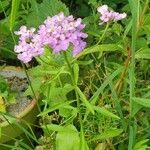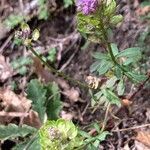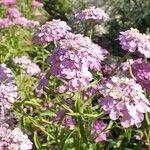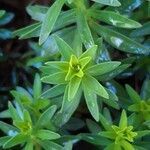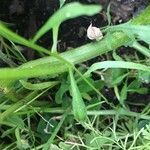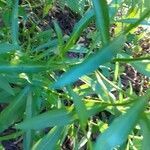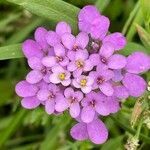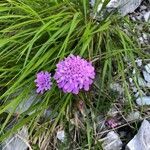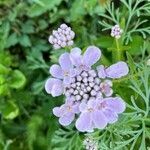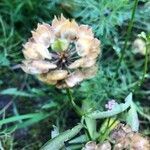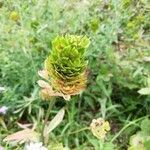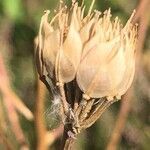Annuals; glabrous. Stems erect, branched distally, 1-5.5(-7) dm. Basal leaves absent. Cauline leaves petiolate or (distal) sessile; blade linear-oblanceolate, 2-5 (-6.5) cm, margins entire or subentire. Racemes not elongated in fruit. Fruiting pedicels divaricate to ascending, 4-10(-12) mm. Flowers: sepals oblong, 3-5.5 mm; petals white or pink to purple, abaxial pair 10-16 × 5-7 mm, adaxial pair 6-10 × 2-5 mm. Fruits ovate, (7-) 8-10.5 × 5-8 mm, apically notched; valves extending into subacuminate wing; style 2-4.5 mm, included or exserted beyond apical notch. Seeds narrowly winged, 2-3 mm.
